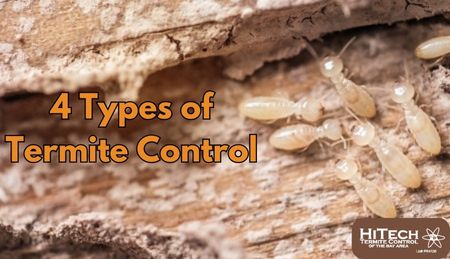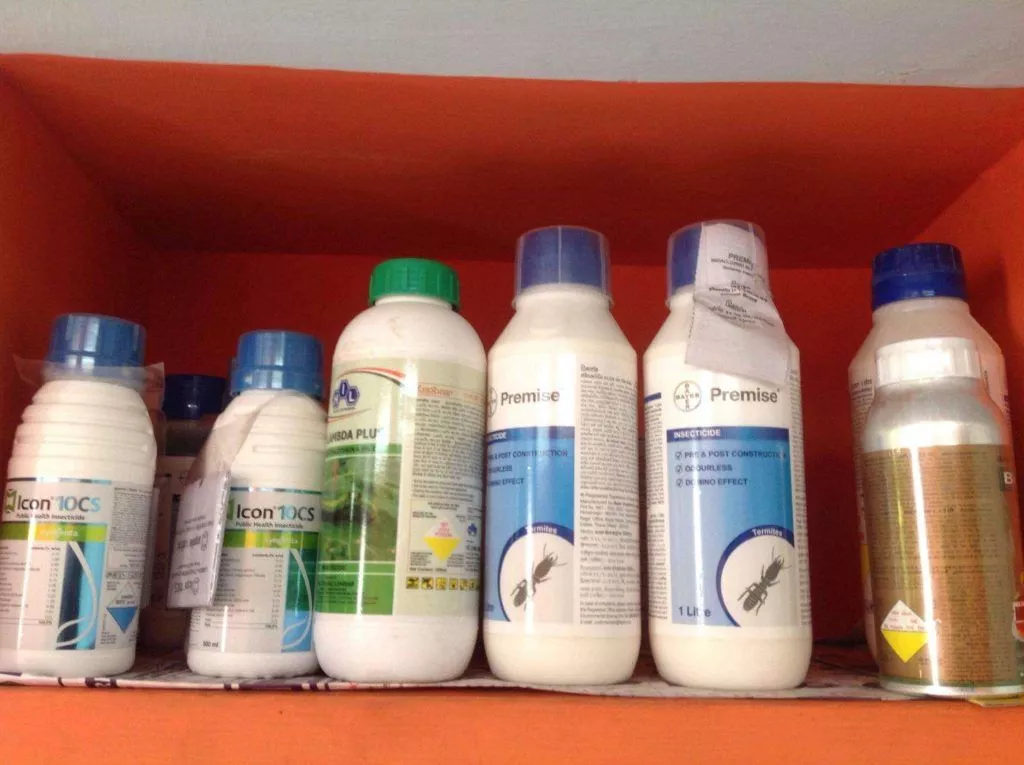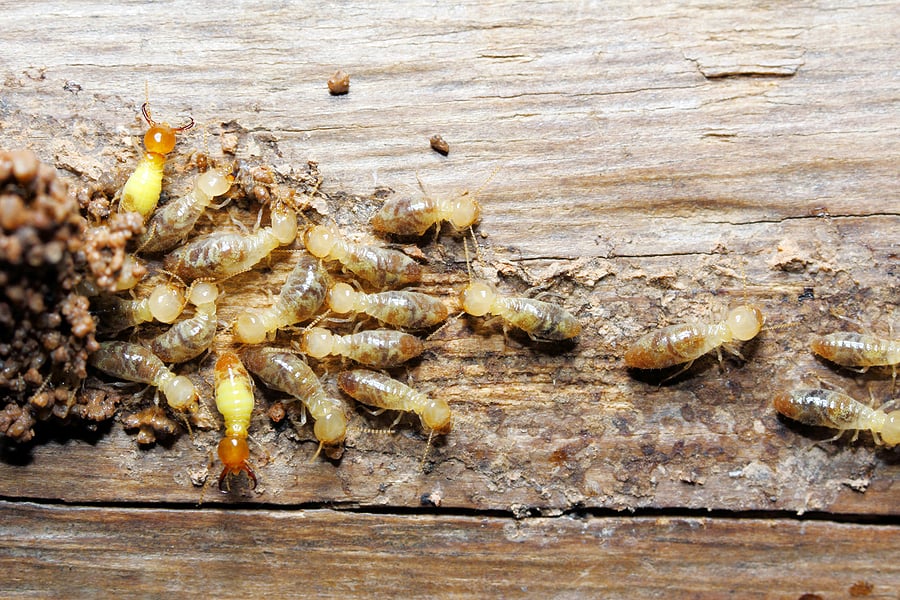
An Introduction To The Treatment Options Available
Termites spanning throughout the U.S. are among the top three culprits for the massive destruction any wooden structure can occur to if left untreated. Wooden properties have a vast market and a unique essence making them vulnerable to infestations as wood boring insects, such as termites , prey on the foundation of your home from multiple angles. With little to no detection, these pests silently thrive deep within your walls and cause significant property loss. If ignored for more than a period of time, they can lead to tremendous financial consequences.
There are three categories of termites that can wreak havoc to your home: subterranean, drywood, and dampwood termites.
Subterranean Termite Treatment
It is well known that these Termites build their nests underground which makes it hard for people to treat or detect them. Unlike other types of Termites, Subterranean Termites enter houses through areas near the ground as in contact with wood. Using mud tubes or the cracks as small as a business card, these Termites form colonies and access the abundant golden Wooden resources available to them.
Subterranean Treatment options:
Monitoring and bait stations
Termiticide application
Drywood Termites Treatment
Unlike the other species of termite mentioned, drywood termites thrive without a direct contact root connection. It is well documented that they will travel over a mile to find a suitable house, and will set up a colony wherever they can find a preferred source of wood. Less moisture is required for drywood termites when compared to subterranean or dampwood termites. Furthermore, these termites can often be found in attics, where they infest structural wood. Other possible places of infestation include dead and dying trees and shrubs, utility poles, fences and even furniture.Choices in Drywood Treatment:
Fumigation with gas
Specific Application of Termiticide
Dampwood Termites Treatment
Compared to their underground relatives, dampwood termite soldiers are much bigger and carry huge pincers on their heads which they use to defend against predators. They prefer to build colonies in moist or decaying wood and logs that contain high amounts of moisture. Dampwood termites do not put their nests in soil and do not make mud tubes. If the wood source is sound, they eat the wood along the grain. If the wood source is decayed, they will consume wood across the grain. In general, dampwood termites are not as economically destructive as subterranean and drywood termites.
Dampwood Treatment options:
Removal of Moisture
Use of Termiticide
Monitoring and Bait Stations
Monitoring stations are located on the perimeter of a property to assess the level of termite activity. If termites are present, bait stations designed to capture termites are put in place. Bait stations contain chemicals that termites can consume and transport back to the colony where they disseminate them to their peers, destroying colonies at the source. This method of control is usually the most effective when there is a higher population.
Gas Fumigation
This strategy is mainly employed to manage drywood termites because it can treat termites dwelling in a home’s deeper regions. Gas permeates the structure, and once it is inhaled by the termite, it disrupts the gas exchange processes.
Termiticide Application
A termite infestation almost always requires some degree of termiticide application in order to mitigate the existing population and curb future outbreaks. Most of the time, this includes surface treatments of the wood, drilling holes in the soil around the house, or directly injecting termiticide into the wood to target specific populations of termites.
Moisture Removal
Termites need moisture for their survival. Ensuring that plumbing leaks are taken care of promptly and proper drainage around the house is well managed will help a great deal in averting termite infestations. Wood that is lying on the ground is always in danger, so it is advisable to remove any wood that is in direct contact with the soil and use treated wood to hinder the decay and rot of timber in the house.
You might also like :

